Service dogs are remarkable partners, providing invaluable assistance and comfort to their handlers. Whether it's a psychiatric service dog offering support, a diabetic alert dog signaling critical changes, or an assistance dog performing crucial tasks, these incredible animals are highly trained. However, even the most skilled service animals can find new environments challenging. At United K9, we understand the nuances of service dog training and are dedicated to empowering these partnerships.
Helping Your Service Dog Adjust to New Places
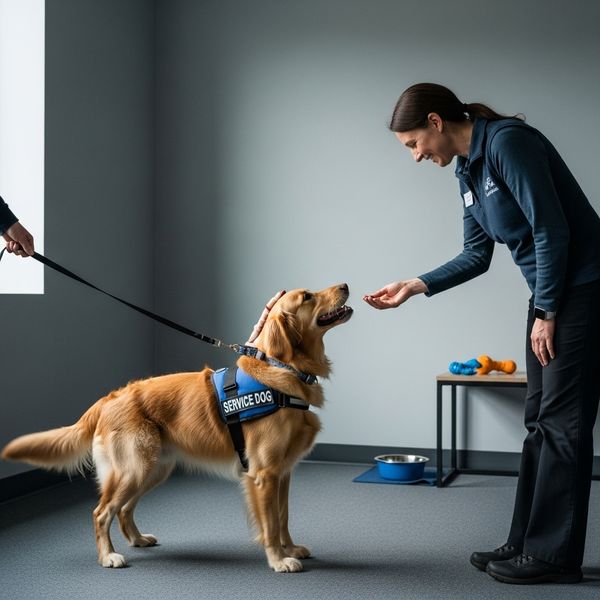
Start with Short, Positive Exposures
Begin by introducing your service dog to new places gradually. Short visits to less stimulating environments, coupled with positive reinforcement like treats and praise, can build confidence. This slow and steady approach is a cornerstone of effective service dog training, allowing your dog to process new sights, sounds, and smells without becoming overwhelmed.
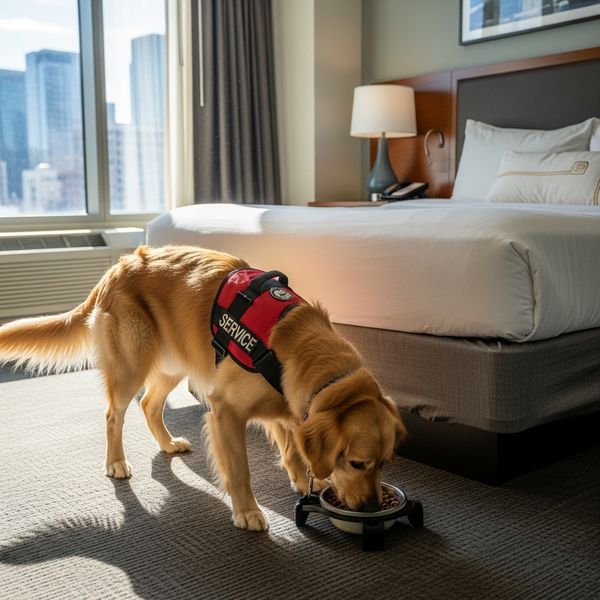
Maintain Routine and Consistency
While the environment may change, try to keep your service dog's routine as consistent as possible. Feeding times, exercise, and training sessions should remain predictable. This consistency provides a sense of security for your dog, reinforcing their understanding that despite new surroundings, their fundamental needs and expectations are stable. This also helps in psychiatric service dog training where routine offers grounding.
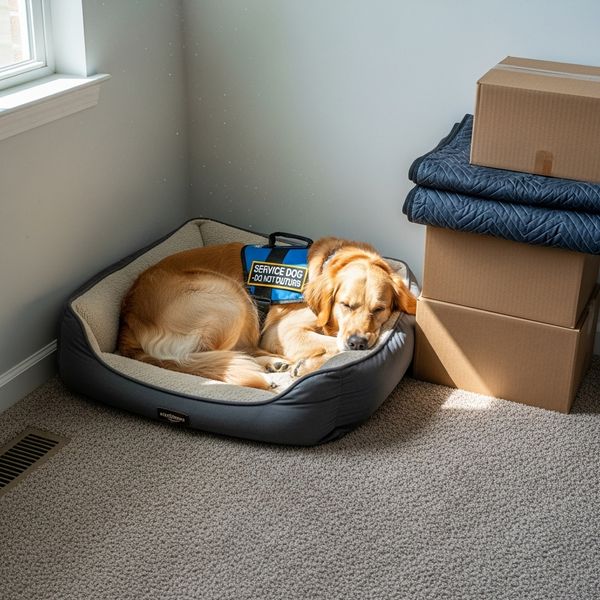
Designate a Safe Space
In new locations, create a familiar and comfortable "safe space" for your service dog. This could be their bed, a specific blanket, or a favorite toy. This designated area provides a retreat where they can feel secure and relax, helping them decompress from the stimulation of a new environment.
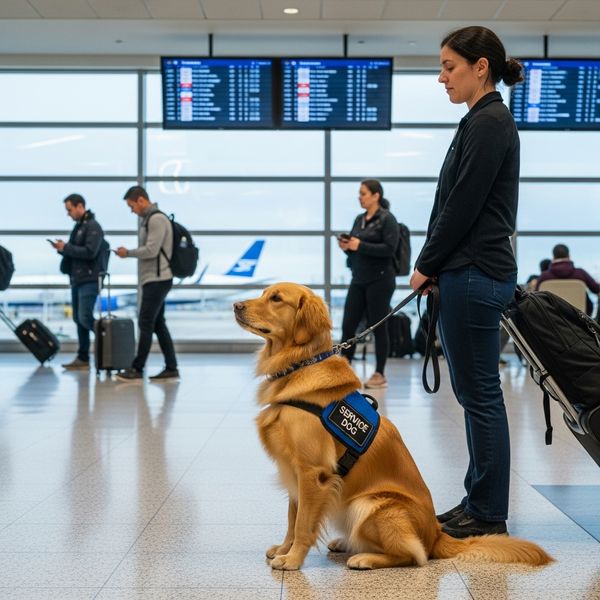
Practice Commands and Tasks
Even in a new setting, practice familiar commands and tasks. This not only reinforces their training but also reminds your service dog of their purpose and job. Engaging in these activities can be grounding for them, ensuring they remain focused and confident in their abilities as an assistance animal, whether they are diabetic alert dogs or other types of assistance dogs.
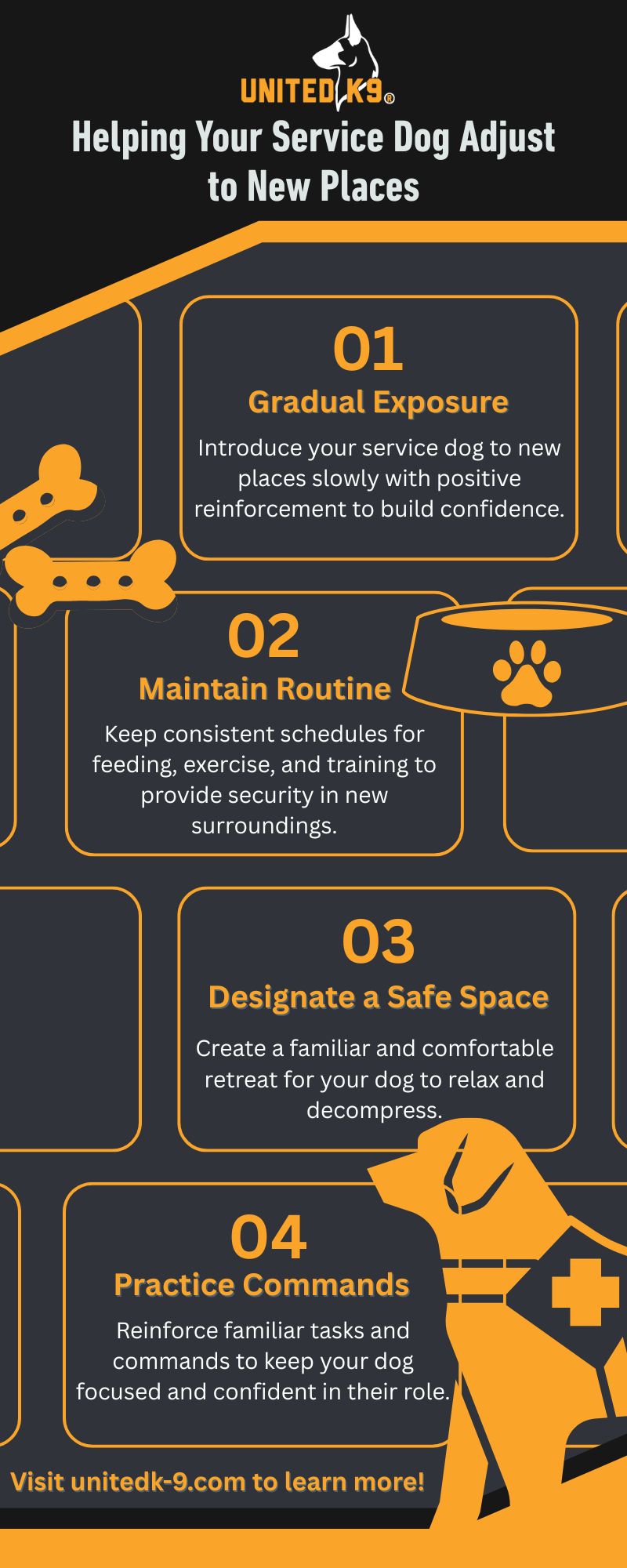
By implementing these strategies, you can help your service dog navigate and adjust to new places with greater ease and confidence. To learn more about our comprehensive programs and philosophy, please contact us today.
